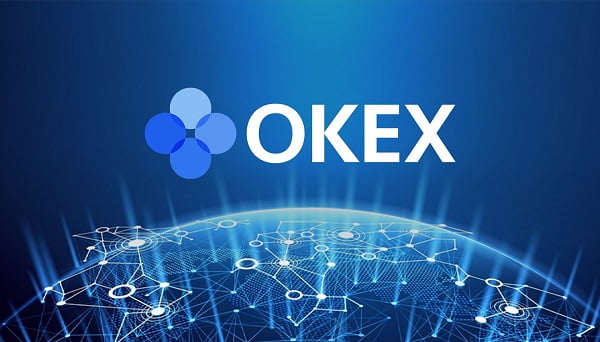[ad_1]

Supply dynamics in Ethereum are constantly being upended amid this year’s dizzying drop in DeFi, NFT sales, and meme coin trading.
Depending on which time frame you are looking at, Ethereum can be deflationary or inflationary: on a seven-day model, Ethereum becomes more scarce, whereas on a yearly framework, it issues more than it burns.
What’s going on with the network’s supply dynamics, why are transaction fees prices dropping, and how does it look for the future of Ethereum?
Back in August 2021, Ethereum implemented EIP-1559, which introduced a fee-burning mechanism. Since then, the supply has had a direct connection to gas prices. Higher gas prices mean more ETH getting burned and vice versa.
This set the table for last year’s merge. The transition from proof-of-work to proof of stake ended up reducing the issuance of ETH by 90%, leading many to claim that the network was now “ultrasound money.”
But that label has been put to the test amid dwindling gas prices and lesser transactional volume.
Transaction fees stand at around $0.28 for sending ETH across the protocol. According to Etherscan data, a trade on Uniswap currently costs $2.76—a far cry from its $4.17 price in early September and a level not seen since the collapse of FTX in late 2022.
Amberdata’s head of research, Chris Martin, told Decrypt that the reasons for declining gas prices are three-fold.
“The Ethereum Foundation’s focus on scaling with Ethereum 2.0 has had enormous benefits for the network, making it cheaper and more secure,” was his first order of things. Martin then referred to the growth of Layer-2s, elucidating how the increase in these scaling solutions has “taken a lot of the volume off the mainchain.”
In third place, said Martin, is the lack of narrative–something the broader crypto market has been grappling with as of late. “The current market has left many waiting for the next big thing,” he explained, adding that “there are opportunities, only these are less than in 2021.”
Julio Barragan, the director of education at Blocknative—a Web3 tool that lets users price, preview and monitor transactions—thinks the gas situation is only momentary. He told Decrypt that “as soon as volume picks back up, so will competition for block space, and the network will automatically adjust gas prices accordingly.”
What’s to come, then? For Barragan, it’s a nebulous future.
“Predicting the future of Ethereum gas prices is further complicated by the gradual acceptance of ERC-4337,” he told Decrypt. Also known as account abstraction, the upgrade will look to make crypto wallets as easy to use as email.
Barragan added that it’s unclear what the long-term impact account abstraction and further adoption of layer-2’s will have on gas prices ”and therefore supply.”
He concluded that lower fees can bring more users and activity on-chain, but “more users ultimately lead to more congestion.”
Stay on top of crypto news, get daily updates in your inbox.
[ad_2]
Source link




